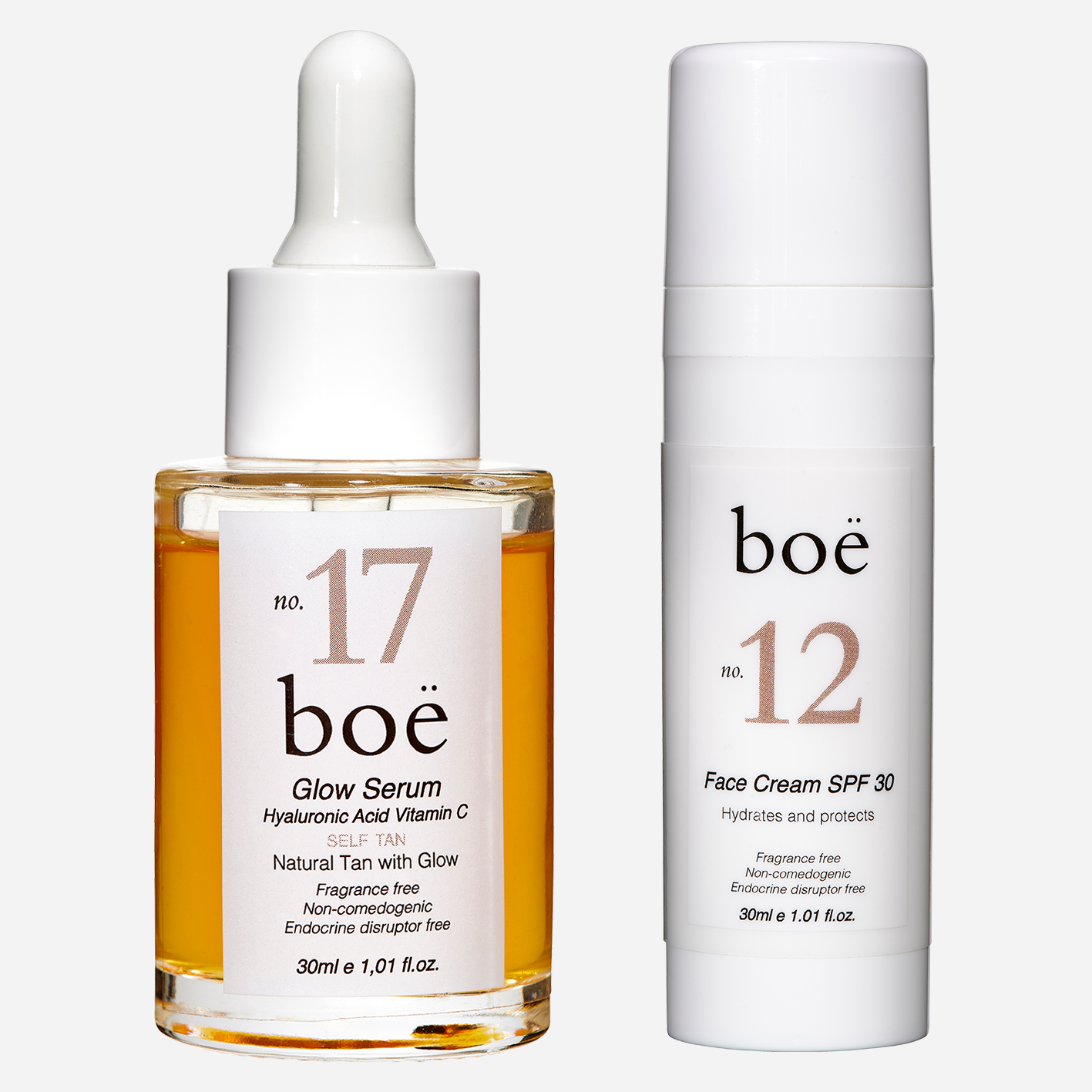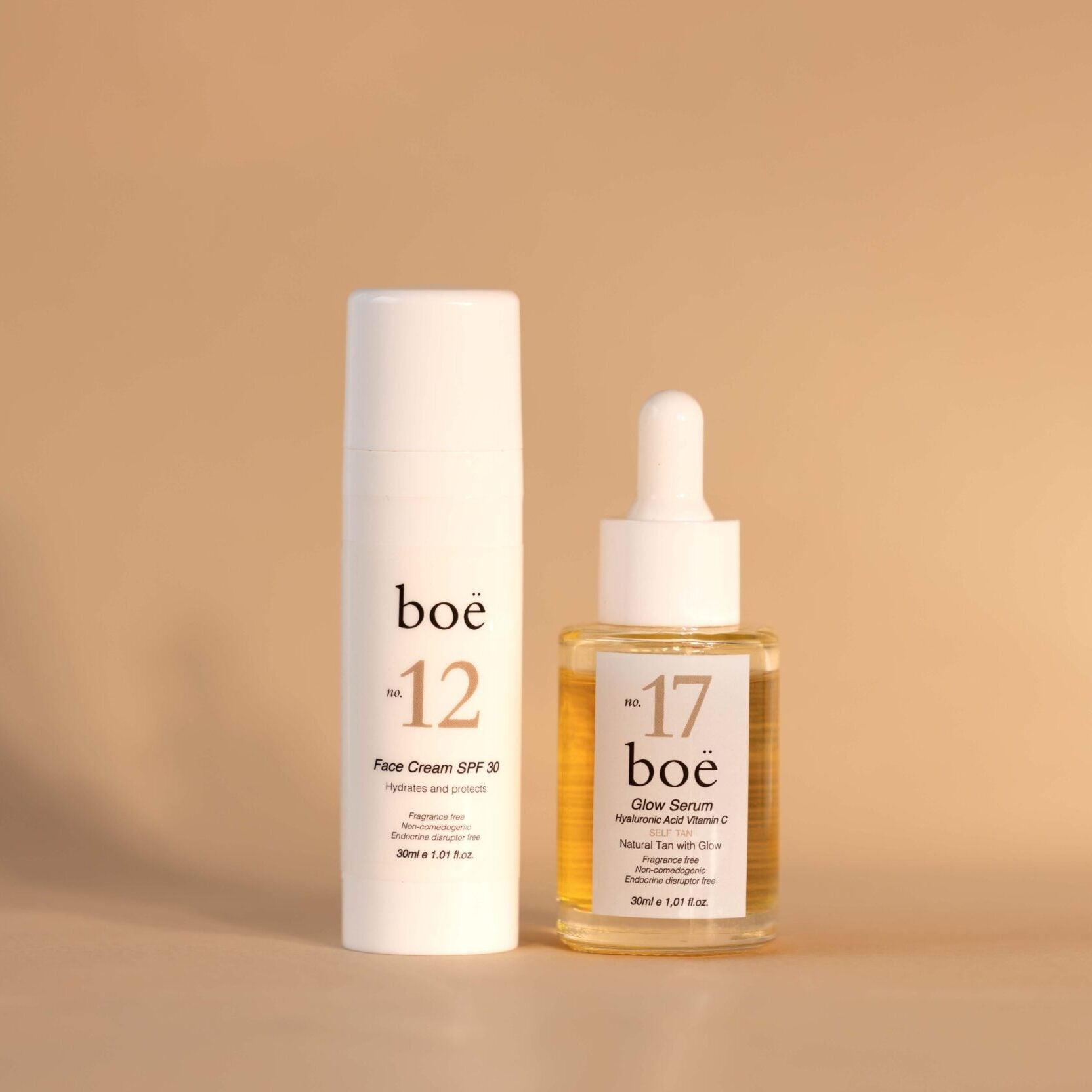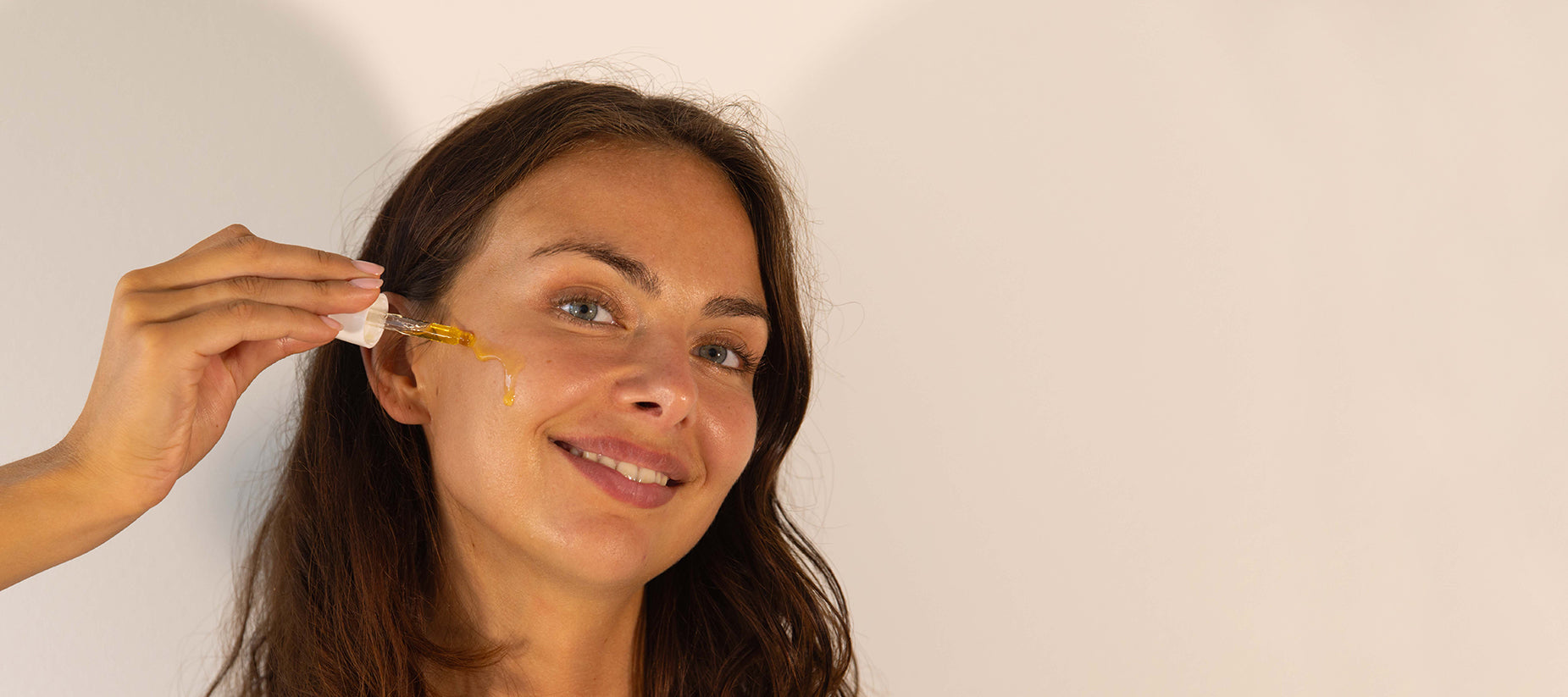Coco Caprylate/Caprate has excellent biocompatibility with the human body; so it’s ideal for daily products for sensitive skin, dryness problems, and baby products. Caprate optimizes the hydration of your skin, stabilizing the packaging of the skin’s lipids and reduces the space between them to improve the skin barrier’s water holding capacity. It penetrates instead of evaporates, which protects the skin, and provides it with natural hydration, by reinforcing the skin’s lipid barrier. It keeps hydration in your skin, trapping water in the uppermost layers of the skin, and protecting your skin against moisture loss.
Diethylamino Hydroxybenzoyl Hexyl Benzoate is an organic compound used to absorb and give protection against the whole UVA-range, and is well tolerated by ultra-sensitive skin. It biodegrades readily and has no adverse effects on the environment. Most products that include sun filters, produced in the US and/or EU are endocrine disruptors. That is not the case with sun filters in Boë products and you can use our products safely, even when pregnant and breastfeeding.
Diethylhexyl Butamido Triazone is a broad spectrum UV absorber, absorbing both UVB and UVA. Diethylhexyl Butamido Triazone is an organic, oil-soluble sun filter that absorbs UVB radiation. Requires only very small concentrations to achieve a high SPF. It rarely leads to irritation, why it doesn’t cause allergic reactions. There’s no evidence of any (geno)toxic or carcinogenic effect. Diethylhexyl Butamido Triazone is also super photostable, since it only loses 10% of its SPF-protection abilities in 25 hours, where 2 hours already counts as ‘photostable’.
Glycoin is a 100% natural, multifunctional, anti-aging, and cell-boosting active ingredient, that reactivates the power of youth in tired, stressed, and mature skin. Glycoin is an extremolyte, a stress protection molecule, that is produced naturally by the African resurrection plant, Myrothamnus Flabellifolia. Myrothamnus Flabellifolia grows in deserts and survives without rain. It looks withered and dead, but, as soon as it rains the plant blooms – thanks to glycoin. These remarkable properties can be transferred to (your) skin.
Dihydroxyacetone, or DHA, a colorless sugar compound that’s used in most self-tanners. It can be derived synthetically, or from sugar beets and canes. When DHA interacts with the amino acids in the proteins of the skin cells, the production of melanoids – brown pigments – happens, which creates a tanned appearance.
This reaction only occurs in the top layer of the skin, which is why self tanners aren’t permanent. At Boë we use the smallest possible particles that go deeper in the skin, compared to other self tan products. This is why the tan from Boë’s products have a long lasting natural tan color.
– DHA is generally well-tolerated by most people, though it can cause both contact dermatitis (rashes, irritation, redness) as well as an allergy. Though, we have never experienced any customers getting allergic reactions, alone from Boë’s products.
Erythrulose is a yellow to reddish sugar found in red berries, most commonly raspberries. Like DHA, it tans the skin due to a reaction with the amino acids (proteins) in the skin’s dead surface layer, producing a brownish tint. Like DHA, Erythrulose neither uses the skin’s normal pigmentation or UV-exposure to produce the tan coloration. But rather works as a chemical reaction on the skin’s dead surface cell layer and changes the skin cells to a brownish tone. At Boë we blend Erythrulose with DHA – to help the tan tone appear ‘richer’, deeper, and more even. The combination of Erythrulose and DHA gives you a more ‘natural’ look, as Erythrulose has a warmer/darker tone than the more orangey-colored DHA. Though this can vary depending on the individual, as each person’s unique skin may differ.
Sodium hyaluronate (SH) is the salt form of the skin-replenishing hyaluronic acid (HA), and shares the same benefits, including its ability to retain moisture. In its form, 1 gram (0.03 fl.oz.) HA can retain up to 6 liters (203 fl.oz.), though when used on the skin, it can’t hold that much. But sodium hyaluronate can as a smart ingredient help the skin maintain its water balance – which gives you a healthy, youthful and plumped look. Sodium hyaluronate is a humectant (moisture-binding), but is also considered a postbiotic, meaning it helps nourishing and maintaining the skin’s microbiome. The main difference between HA and SH, is that the skin is better at absorbing SH.
Overall; sodium hyaluronate is a humectant and antioxidant that is excellent in replenishing the skin and moisture-binding. It keeps your skin looking plumped, healthy and hydrated. It benefits your skin by its abilities in soothing, anti-aging and hydration.
Ascorbyl Glucoside is a form of vitamin C; an antioxidant and skin brightener (in terms of helping to fade brown spots (hyper-pigmentation) caused by sun damage or post-inflammatory hyper-pigmentation). Our bodies don’t naturally produce vitamin C, and it’s a tricky ingredient that is both unstable, hard to formulate, and also has difficulties in penetrating the skin. This is why we use Ascorbyl Glucoside, which have shown to be one of the best derivatives of vitamin C. On the contrary to vitamin C, it’s stable, easy to formulate and has in in-vitro studies shown no troubles with penetrating the skin, which is important in terms of letting the active anti-aging ingredients do their job. In-vitro studies also show that Ascorbyl Glucoside converts into vitamin C, when absorbed by the skin – at the same time it also shows the three anti-aging benefits that pure vitamin C also does (antioxidant protection + collagen boosting + fading hyper-pigmentation). Ascorbyl Glucoside thus boosts the skin’s own collagen production, and used under sunscreen, it boosts both the UV- and photoprotection.
Allantoin is naturally found in sugar plants, but when used in skincare, it is typically produced in a lab. It’s an active ingredient which is anti-irritant and wound-healing. Allantoin has mild keratolytic properties, which gives you a soft skin upon application. It’s also a moisturizing agent that has a calming effect on the skin, and supports the natural cell division. It’s an ingredient that is suitable and beneficial for all skin types. Allantoin doesn’t clog your pores, it creates balance in the ‘grease production’ in your skin and is also an ideal humidifier for more greasy and acne-prone skin. Allantoin is especially beneficial for people with sensitive and irritated skin, who also has a tendency to redness, as it has a calming effect on the skin.
Anthemis Nobilis Flower Water is a plant extract and antioxidant, with soothing and anti-aging abilities. The Anthemis Nobilis flower is also known as the chamomile flower. The ingredient has significant skin soothing and anti-aging abilities, besides an ability to restore the skin and help it to relax and refresh.







